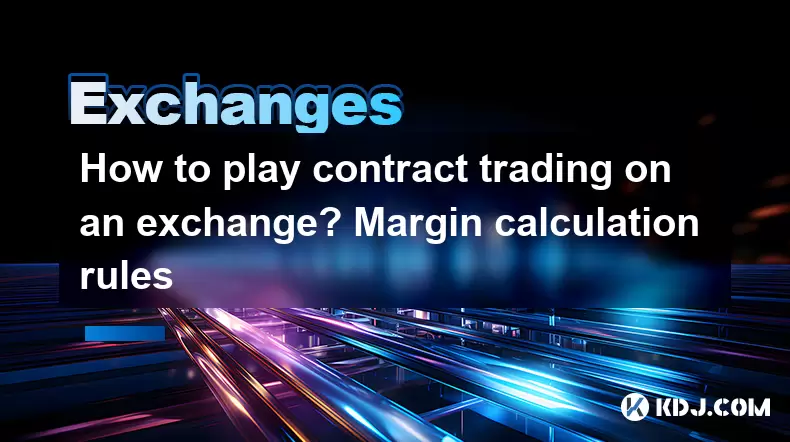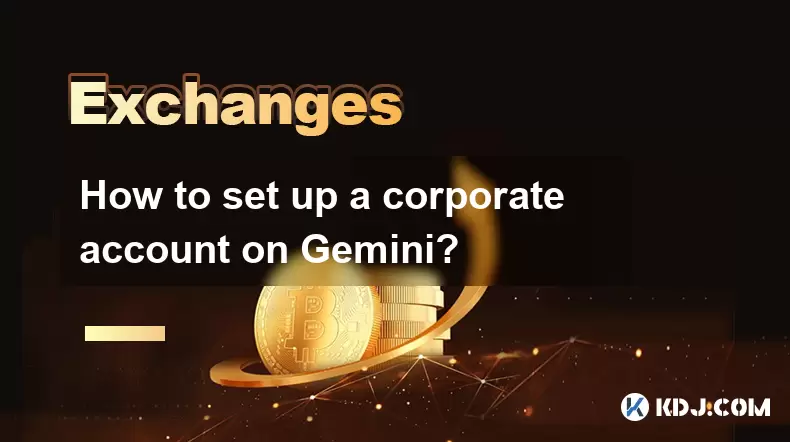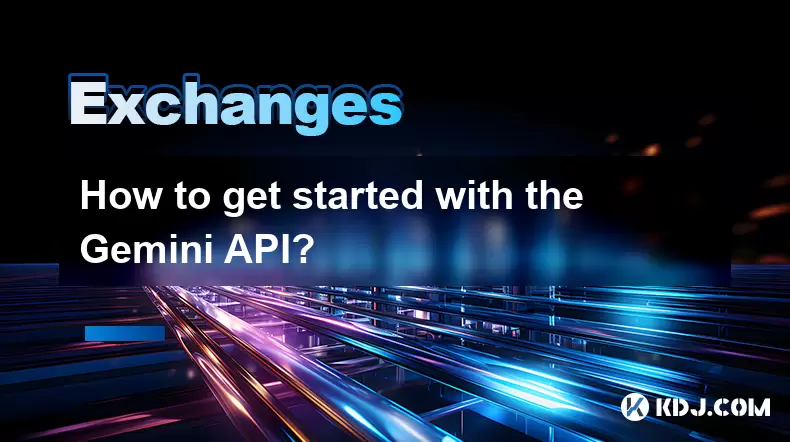-
 Bitcoin
Bitcoin $115000
0.12% -
 Ethereum
Ethereum $3701
4.50% -
 XRP
XRP $3.081
2.99% -
 Tether USDt
Tether USDt $0.0000
-0.01% -
 BNB
BNB $767.9
1.45% -
 Solana
Solana $169.5
3.13% -
 USDC
USDC $0.9999
0.01% -
 Dogecoin
Dogecoin $0.2106
4.30% -
 TRON
TRON $0.3334
1.62% -
 Cardano
Cardano $0.7564
2.54% -
 Stellar
Stellar $0.4165
0.76% -
 Hyperliquid
Hyperliquid $38.75
0.25% -
 Sui
Sui $3.593
3.00% -
 Chainlink
Chainlink $17.08
3.59% -
 Bitcoin Cash
Bitcoin Cash $573.6
4.35% -
 Hedera
Hedera $0.2508
-0.84% -
 Avalanche
Avalanche $23.07
6.46% -
 Ethena USDe
Ethena USDe $1.001
-0.02% -
 Litecoin
Litecoin $120.8
8.17% -
 UNUS SED LEO
UNUS SED LEO $8.943
-0.32% -
 Toncoin
Toncoin $3.400
-5.60% -
 Shiba Inu
Shiba Inu $0.00001255
1.54% -
 Uniswap
Uniswap $9.908
6.32% -
 Polkadot
Polkadot $3.718
2.10% -
 Monero
Monero $303.0
-0.74% -
 Dai
Dai $0.9999
-0.02% -
 Bitget Token
Bitget Token $4.392
0.91% -
 Cronos
Cronos $0.1403
6.31% -
 Pepe
Pepe $0.00001076
1.13% -
 Aave
Aave $267.2
1.80%
How to play contract trading on an exchange? Margin calculation rules
Contract trading on crypto exchanges lets traders speculate on price movements using leverage, offering higher rewards and risks without owning the actual asset.
Jun 11, 2025 at 12:49 am

Understanding Contract Trading on Cryptocurrency Exchanges
Contract trading, also known as futures trading, allows users to speculate on the price movement of cryptocurrencies without owning the underlying asset. This type of trading is offered by most major cryptocurrency exchanges and involves entering into a contract that represents an agreement to buy or sell a digital asset at a predetermined price in the future.
Unlike spot trading, where you purchase actual coins or tokens, contract trading uses leverage, enabling traders to control larger positions with a relatively small amount of capital. However, this also increases both potential profits and risks.
Setting Up Your Exchange Account for Contract Trading
Before engaging in contract trading, ensure your account on the exchange supports futures or perpetual contracts. Most platforms require you to complete KYC (Know Your Customer) verification to unlock advanced trading features.
- Navigate to the derivatives section or futures market on the exchange.
- Check if your account has sufficient trading permissions and access to contract markets.
- Ensure your wallet contains enough USDT or USD to deposit into the futures account.
Some exchanges separate spot and futures wallets, so you may need to transfer funds manually between them. Look for options like "Transfer to Futures Wallet" or similar within your exchange dashboard.
Selecting the Right Contract Type
Cryptocurrency exchanges typically offer two types of contracts:
- Perpetual Contracts: These have no expiration date and are the most popular among traders due to their flexibility.
- Quarterly Contracts: These expire on a set date, usually quarterly, and are more suitable for institutional or long-term traders.
Choose a contract based on your trading strategy and risk tolerance. For example, perpetual contracts allow continuous trading, while quarterly contracts may better suit hedging strategies.
Each contract will display details such as:
- Leverage options
- Funding rate
- Mark price
- Liquidation price
Make sure to understand each of these before placing a trade.
Understanding Margin and Leverage in Contract Trading
Margin refers to the amount of funds required to open and maintain a leveraged position. It acts as collateral for the trade. There are two main types of margin:
- Isolated Margin: The margin is fixed for a specific position, limiting potential losses to the allocated amount.
- Cross Margin: All available funds in your futures wallet act as collateral, which can prevent liquidation but also increase risk exposure.
Leverage amplifies both gains and losses. Common leverage ratios include 5x, 10x, 20x, and even up to 100x depending on the exchange and asset.
To calculate the required margin for a trade, use the following formula:
Required Margin = (Position Size / Leverage)
For instance, if you're opening a $10,000 BTC/USDT position with 10x leverage:
Required Margin = $10,000 / 10 = $1,000
This means you only need $1,000 to open a $10,000 position.
Placing a Contract Trade: Step-by-Step Guide
Once you've chosen your contract and set your margin preferences, follow these steps to place a trade:
- Select the cryptocurrency pair (e.g., BTC/USDT).
- Choose your leverage level using the leverage selector.
- Set your margin mode (isolated or cross).
- Decide whether to go long (buy) or short (sell).
- Input the position size or number of contracts you wish to trade.
- Review your liquidation price to avoid unexpected losses.
- Confirm and submit your order.
Some exchanges allow advanced order types like limit orders, stop-limit orders, and take-profit/stop-loss settings to manage risk effectively.
Risk Management and Liquidation Thresholds
One of the most critical aspects of contract trading is understanding how liquidation works. When the market moves against your position and your account equity drops below the maintenance margin requirement, the exchange will automatically close your position to prevent further losses.
Key terms to monitor:
- Maintenance Margin: Minimum margin required to keep a position open.
- Initial Margin: Margin required to open a position.
- Equity: Your total balance plus unrealized profit or loss.
If your equity falls below the maintenance margin level, your position will be partially or fully liquidated depending on the platform's rules.
To avoid liquidation:
- Use lower leverage to reduce volatility impact.
- Set stop-loss orders to limit downside risk.
- Monitor funding rates for perpetual contracts, especially during high volatility.
Frequently Asked Questions (FAQ)
Q: What happens when my position gets partially liquidated?
A: Partial liquidation occurs when only a portion of your position is closed to bring your margin ratio back above the maintenance level. This helps preserve part of your investment.
Q: Can I change the margin mode after opening a position?
A: Yes, many exchanges allow switching between isolated and cross margin, but this action may affect your liquidation risk and should be done carefully.
Q: How does funding rate affect perpetual contract trading?
A: Funding rates are periodic payments exchanged between long and short traders. Positive funding rates mean longs pay shorts, and vice versa. Traders holding overnight positions must account for this cost.
Q: Is it possible to trade contracts without leverage?
A: Yes, you can choose 1x leverage, which essentially makes your margin equal to the full value of the position. This reduces risk but also eliminates amplified returns.
Disclaimer:info@kdj.com
The information provided is not trading advice. kdj.com does not assume any responsibility for any investments made based on the information provided in this article. Cryptocurrencies are highly volatile and it is highly recommended that you invest with caution after thorough research!
If you believe that the content used on this website infringes your copyright, please contact us immediately (info@kdj.com) and we will delete it promptly.
- Solana Memecoin Launchpads: A Wild Ride with LetsBONK.fun Leading the Charge
- 2025-08-05 17:30:12
- Crypto Volatility & Token Unlocks: Navigating the Storm
- 2025-08-05 16:30:13
- SUI Traders Eye Discount: Is Now the Time to Buy?
- 2025-08-05 16:30:13
- Bitcoin Price in August: Will the BTC Rally Continue?
- 2025-08-05 17:35:12
- Decentralized Perpetuals Soar: Volume Hits All-Time High, Leaving CEXs in the Dust?
- 2025-08-05 16:50:12
- Decoding MYCUSD: Crypto Forecasting for Digital Asset Success
- 2025-08-05 16:50:12
Related knowledge

How to set and manage alerts on the Gemini app?
Aug 03,2025 at 11:00am
Understanding the Gemini App Alert SystemThe Gemini app offers users a powerful way to stay informed about their cryptocurrency holdings, price moveme...

How to use the Gemini mobile app to trade on the go?
Aug 04,2025 at 09:14am
Setting Up the Gemini Mobile AppTo begin trading on the go using the Gemini mobile app, the first step is installing the application on your smartphon...

How to set up a corporate account on Gemini?
Aug 05,2025 at 03:29pm
Understanding Gemini Corporate AccountsGemini is a regulated cryptocurrency exchange platform that supports both individual and corporate account crea...

What to do if you forgot your Gemini password?
Aug 04,2025 at 03:42am
Understanding the Role of Passwords in Gemini AccountsWhen using Gemini, a regulated cryptocurrency exchange platform, your password serves as one of ...

What are the websocket feeds available from the Gemini API?
Aug 03,2025 at 07:43pm
Overview of Gemini WebSocket FeedsThe Gemini API provides real-time market data through its WebSocket feeds, enabling developers and traders to receiv...

How to get started with the Gemini API?
Aug 05,2025 at 12:35pm
Understanding the Gemini API and Its PurposeThe Gemini API is a powerful interface provided by the cryptocurrency exchange Gemini, enabling developers...

How to set and manage alerts on the Gemini app?
Aug 03,2025 at 11:00am
Understanding the Gemini App Alert SystemThe Gemini app offers users a powerful way to stay informed about their cryptocurrency holdings, price moveme...

How to use the Gemini mobile app to trade on the go?
Aug 04,2025 at 09:14am
Setting Up the Gemini Mobile AppTo begin trading on the go using the Gemini mobile app, the first step is installing the application on your smartphon...

How to set up a corporate account on Gemini?
Aug 05,2025 at 03:29pm
Understanding Gemini Corporate AccountsGemini is a regulated cryptocurrency exchange platform that supports both individual and corporate account crea...

What to do if you forgot your Gemini password?
Aug 04,2025 at 03:42am
Understanding the Role of Passwords in Gemini AccountsWhen using Gemini, a regulated cryptocurrency exchange platform, your password serves as one of ...

What are the websocket feeds available from the Gemini API?
Aug 03,2025 at 07:43pm
Overview of Gemini WebSocket FeedsThe Gemini API provides real-time market data through its WebSocket feeds, enabling developers and traders to receiv...

How to get started with the Gemini API?
Aug 05,2025 at 12:35pm
Understanding the Gemini API and Its PurposeThe Gemini API is a powerful interface provided by the cryptocurrency exchange Gemini, enabling developers...
See all articles

























































































